Tattoos and body art have existed for thousands of years, transcending cultures, generations, and societal norms. Once considered taboo, they are now widely accepted as a powerful form of self-expression. More than just ink on the skin, tattoos tell stories, symbolize beliefs, and reflect personal journeys. In this article, we’ll explore the history, significance, psychological impact, and cultural evolution of tattoos and body art as an enduring medium of human expression.
1. A Brief History of Tattoos and Body Art
Tattoos are not a modern phenomenon; they have deep roots in human history.
- Ancient Origins: The oldest recorded tattoos were found on Ötzi the Iceman, a 5,300-year-old mummy discovered in the Alps. His body bore over 60 tattoos, believed to have been used for therapeutic or ritualistic purposes.
- Cultural Significance: Indigenous tribes, such as the Maori in New Zealand, Polynesians, and Native Americans, have long used tattoos as a rite of passage, spiritual protection, and social status indicator.
- Religious and Spiritual Meanings: Hindu and Buddhist traditions include sacred tattoos, such as Yantra tattoos in Thailand, which are believed to provide protection and blessings.
- The Evolution in Modern Times: Tattoos were once associated with sailors, bikers, and rebellion, but today they are a widely embraced art form, with individuals from all walks of life using them as a statement of identity.
2. Tattoos as a Medium of Self-Expression
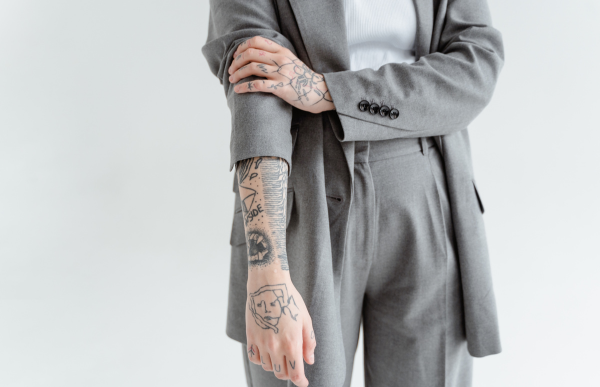
Tattoos and body art serve as visual narratives of personal experiences, emotions, and beliefs.
a) Storytelling Through Ink
Each tattoo carries a story—whether it’s a symbol of a past experience, a tribute to a loved one, or a personal mantra. Many people choose to ink important life milestones on their bodies, such as:
- Memorial tattoos in honor of deceased loved ones.
- Inspirational quotes that serve as daily motivation.
- Cultural heritage symbols that connect individuals to their ancestry.
- Abstract art and designs that represent internal struggles, growth, or achievements.
b) Personal Identity and Individuality
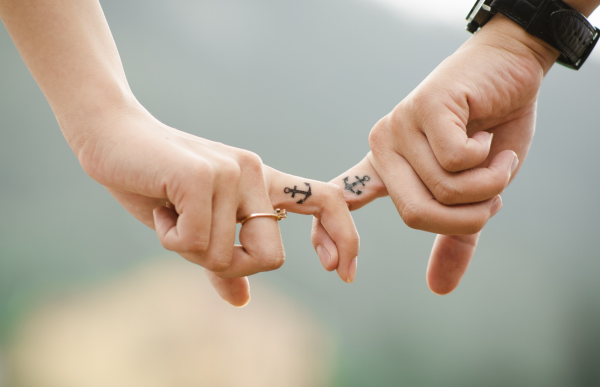
In a world where people often feel pressured to conform, tattoos allow individuals to stand out and embrace their uniqueness. They serve as a visual representation of personality, values, and passions. Some common examples include:
- Minimalist tattoos for those who prefer simplicity.
- Full-body or sleeve tattoos for those who embrace bold artistic expression.
- Symbolic tattoos that hold deep personal meaning, such as semicolons (representing mental health awareness).
c) A Form of Healing and Reclamation
For many, tattoos represent reclamation and empowerment. Survivors of trauma, illness, or personal hardships often use tattoos to regain a sense of control over their bodies. Some powerful examples include:
- Breast cancer survivors getting post-mastectomy tattoos to transform scars into artwork.
- Trauma survivors covering self-harm scars with meaningful designs.
- Burn victims using tattoos to restore confidence in their appearance.
3. The Psychological and Emotional Power of Tattoos
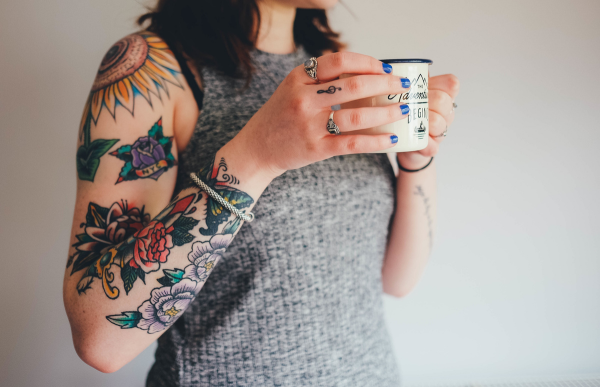
Tattoos are more than just aesthetics; they have profound psychological and emotional impacts.
- Confidence and Self-Empowerment
- Many individuals feel more confident and comfortable in their own skin after getting a tattoo. The ability to alter and design one’s body creates a sense of ownership and self-love.
- Emotional Catharsis and Healing
- Tattoos can serve as a therapeutic outlet for emotions, allowing individuals to externalize their pain, joy, or memories through art. The process of getting a tattoo can also be a transformative experience—a moment of closure, acceptance, or rebirth.
- Connection to a Community
- Tattoo culture fosters a sense of belonging. Whether it’s through shared tattoo styles, cultural traditions, or tattoo artists who become trusted confidants, many people find a sense of camaraderie in body art.
4. The Evolution of Tattoo Culture in Society
Tattoos have shifted from being stigmatized to celebrated in modern society.
a) From Rebellion to Mainstream Acceptance
Historically, tattoos were linked to rebellion, countercultures, and subversion. However, in today’s world, tattoos have entered mainstream fashion, professional spaces, and popular media.
- Celebrities and influencers have played a major role in normalizing tattoos.
- Corporate workplaces have become more accepting of tattooed employees.
- Tattoo artists are now recognized as fine artists, with many gaining international fame.
b) The Role of Social Media in Tattoo Trends
Platforms like Instagram and TikTok have revolutionized the tattoo industry, making it easier for artists to showcase their work and for individuals to discover new tattoo ideas. Viral tattoo trends, such as:
- Fine-line tattoos (delicate, intricate designs).
- Watercolor tattoos (vibrant, paint-like designs).
- Handpoke tattoos (a modern revival of traditional tattooing methods).
5. The Future of Tattoos and Body Art
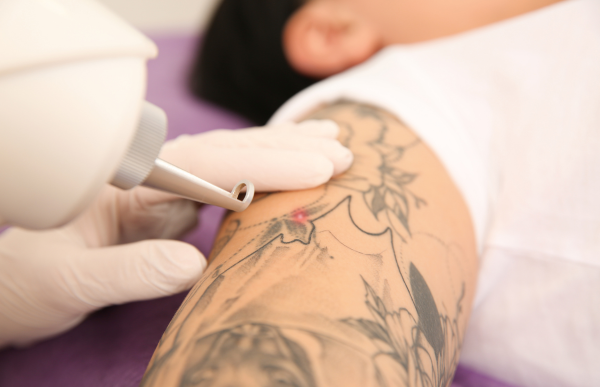
As technology advances, so does the art of tattooing. Some exciting developments include:
- Bioluminescent and UV tattoos that glow under black light.
- Augmented reality (AR) tattoos, which interact with digital devices.
- Tattoo removal innovations making it easier to modify or erase tattoos.
The tattoo industry continues to push artistic and technological boundaries, proving that body art is an ever-evolving form of expression.
Final Thoughts: The Lasting Impact of Tattoos
Tattoos and body art are much more than skin deep—they are an extension of identity, culture, emotions, and human experiences. Whether inked for artistic expression, personal healing, or storytelling, tattoos hold a profound significance in the lives of millions.
In a world where people constantly search for ways to express themselves and be seen, tattoos remain one of the most powerful and intimate forms of self-expression.
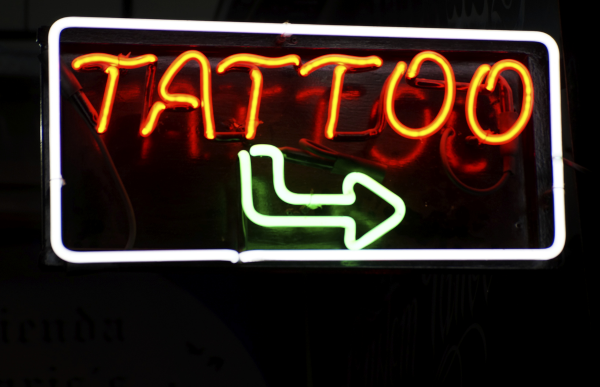
Leave a Reply